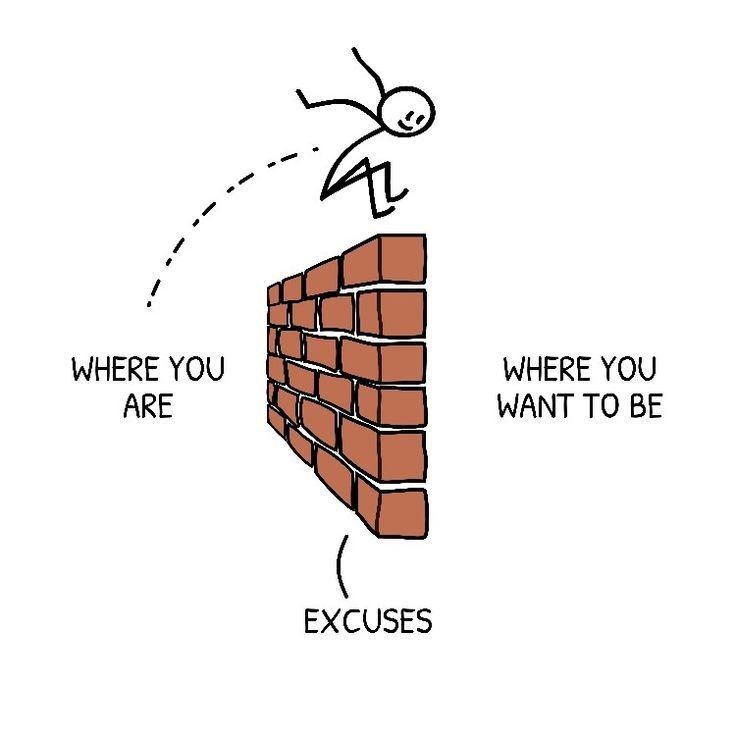Architectural Practices to Avoid
- 3 min read
- September 22, 2023
Remember the chaotic scene: printouts laid out everywhere, ink-stained hands, stacks of unwashed cups, sore fingers, and aching spines from CAD work, a reminder of the demands of the architectural profession. Along with these, architects also contribute to the fabric of our society, impacting more than just influencing mood, health, and even productivity. With what we’ve endured plus these responsibilities, what specific practices should we steer clear of to meet these demands effectively?
Procrastination
Oregon State University found that 80-95% of students admit to procrastinating. While this habit may seem harmless, its consequences can have big consequences, affecting projects, teamwork, and opportunities. Developing time management skills, setting clear goals, and prioritizing self-discipline for academic and professional growth might be the first step towards overcoming procrastination.

All-nighters
Strict project deadlines can contribute to this culture, but all-nighters aren’t a one-size-fits-all solution. Finding alternative ways to manage time and stress can create a work culture that supports well-being without compromising health, critical thinking, and innovative design.

Unsustainable
Being sustainable could mean a lot of things in Architecture. These include being energy efficient, environmental quality, green certifications or even the material selection. With our current state in the economy and the climate crisis, architects and designers’ challenge should not only involve buildings that could withstand extreme weather conditions, but also actively addressing and mitigating negative effects to the environment. When these conditions are continually neglected, this could deplete resources and lead to scarcity, price increases, and environmental degradation in extraction areas.

Getting locked in
The traditional path to architectural success is often: graduate from an accredited program, gain experience under a licensed architect, pass licensure exams, and work towards becoming renowned. While the conventional path remains a tried-and-true route to success, it is not the only path. Alternative paths in architecture can include entrepreneurial opportunities, teaching, architectural journalism, or even working in advocacy organizations that focus on architectural policy and sustainability.

Not adapting
As the saying goes, “Never stop learning because life never stops teaching”, as architecture is a dynamic field that constantly evolves with advancements in technology, materials, and design philosophies. Architects must embrace lifelong learning to stay updated with the latest trends, sustainability practices, and building technologies.

When architects follow these “never to do” guidelines, they follow a path of ethics, responsibility, and accountability. Their goal isn’t just building; it’s about making lives better and shaping the human experience in the built world.
Was this insightful? Give a thumbs up or post a comment.
For more of our blogs, check out https://mgsglobalgroup.com/blog/.




